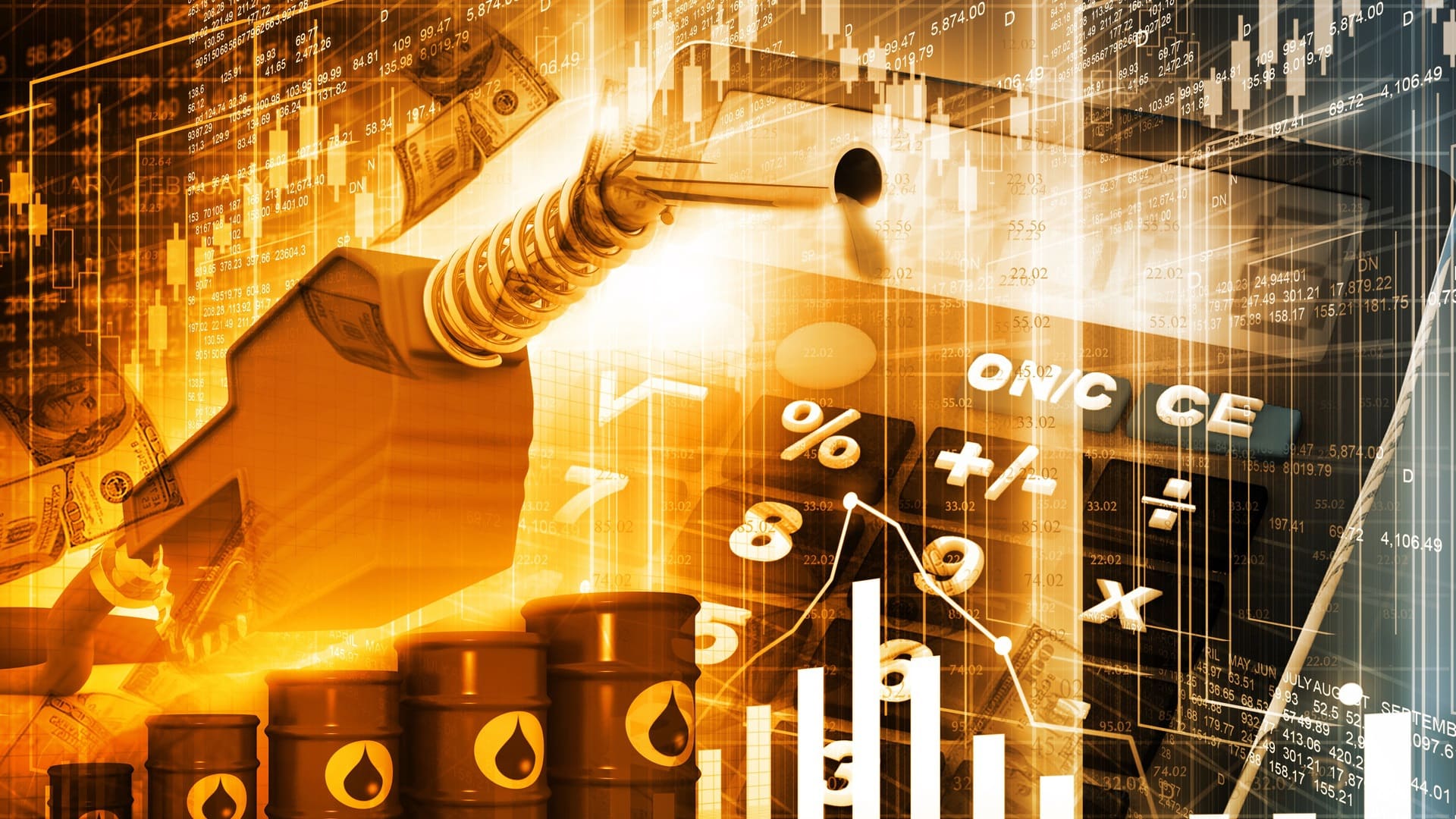It is not unusual for crude oil prices to soar in the summer. But the post-pandemic summer of 2021 looks to send prices higher than usual, as demand soars and producers lag in restoring production.
Crude oil prices have already risen more than 40% since the beginning of the year. Like Goldman Sachs, some energy analysts predict Brent Crude oil prices to rocket to $75 per barrel or higher.
Why have crude oil prices soared this year?
The beginning of June yielded a new 2-and-a-half year high for Brent crude oil price to around the $70 mark. According to Plus500’s market news, the growing demand for energy products has contributed to higher oil prices.
Francisco Blanch, a global commodities and derivatives strategist at Bank of America, also explains why the oil demand is ramping up quickly: “…the pandemic finally feels like it’s approaching an end, everybody’s driving again, and Europe is reopening”. Brent has already accomplished his $70 goal for the quarter.
“We think in the next three years we could see Brent Crude oil at $100 per barrel again, and we stand by that. That would be a 2022 and 2023 story,” Blanch said.
He explains that OPEC is holding all the cards and how the market is not price-responsive currently. There is also the problem of inflation. Oil has been lagging behind the rise in prices across the economy.
OPEC+ has agreed to increase the production of barrels from 350,000 a day to 450,000. Saudi Arabia also decided to follow their footsteps and step back from its cuts of about a million barrels a day.
By the end of July, OPEC+ has consented to increase output by more than 2 million barrels a day.
The pre-pandemic U.S. industry was producing 13 million barrels a day compared to 11 million barrels now. Analysts are uncertain whether U.S. companies can restore that production.
“Right now, we’re in a position where prices are rising, companies are reluctant to invest,” Blanch added. “They are paying down debt and increasing dividends.”
Political agenda
While the global economy is bouncing back, oil production can’t catch up with the demand.
Daniel Yergin, vice chairman of IHS Markit, said his Brent target is an average of $70 per barrel this year. It could go as far as $80, but that would incite not just the public but a political reaction. High gasoline prices are always trouble, no matter who is sitting in the White House.
Since the demand is growing rapidly, analysts expect the market to absorb an additional million barrels a day of Iranian production, but this depends on the nuclear negotiations in Vienna.
Helima Croft, head of global commodity strategy at RBC, wrote that the International Atomic Energy Agency’s verification of Iranian enrichment activities must be resolved.
Iran’s oil has to be restored steadily so it doesn’t drive prices lower.
According to OPEC, the demand could go up to 99.8 million barrels a day by the end of the year, but the supply is not expected to follow, with just 97.5 million barrels a day.
OPEC + does not feel threatened, which allows them to drive prices higher. This used to be an invitation for the U.S. industry to pump more and drive prices down. Will the U.S. shale industry push ahead?
Where next?
From a technical perspective, WTI crude oil prices are trading in breakout territory. In early February, crude oil prices broke above the descending trend line that connects lower highs. A clean and decisive break above the $56 mark yielded gains of over 20%.
The rally stopped at the 200 monthly moving average, which was touched for the first time since 2018. Since then, crude oil prices have mostly traded above the $60 handle. A consolidation near highs is usually a positive signal for buyers as sellers cannot establish a meaningful momentum. Hence, the question is, what are the next targets for crude oil buyers?
The first apparent target on the upside is a multi-year high of $76.87. This level represents the highest oil prices traded since 2014. Hence, buyers are likely to be committed to returning to this critical technical level.
If cleared, the next target on the upside becomes $83.50, a zone that hosts a 127.2% Fibonacci extension of the 2018 – 2020 pullback.

Summary
Crude oil prices are up 43% since the beginning of the year as the energy sector continues to recover from the pandemic-induced cut in production. Analysts predict more gains for oil prices and their proxies in the stock market as the global economy reopens and the vaccination activity accelerates.


